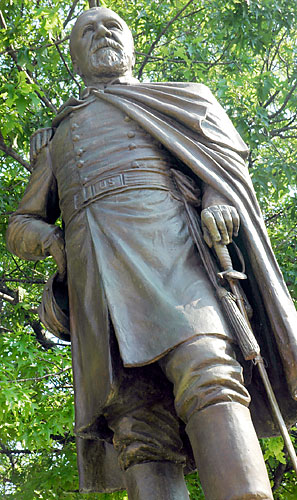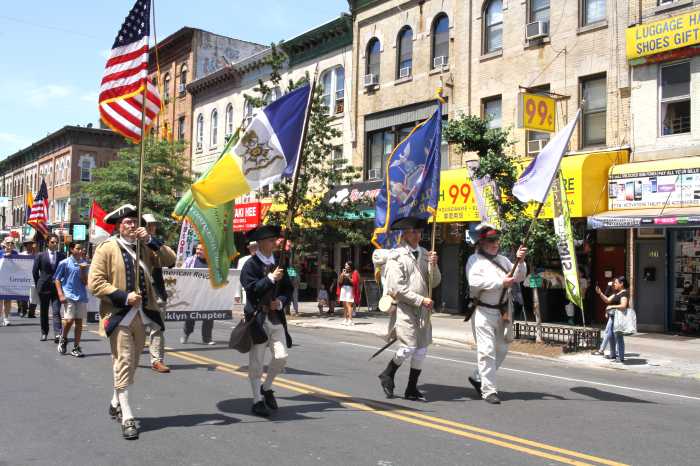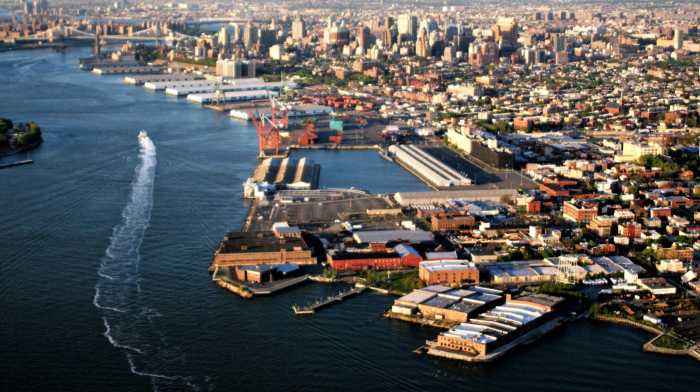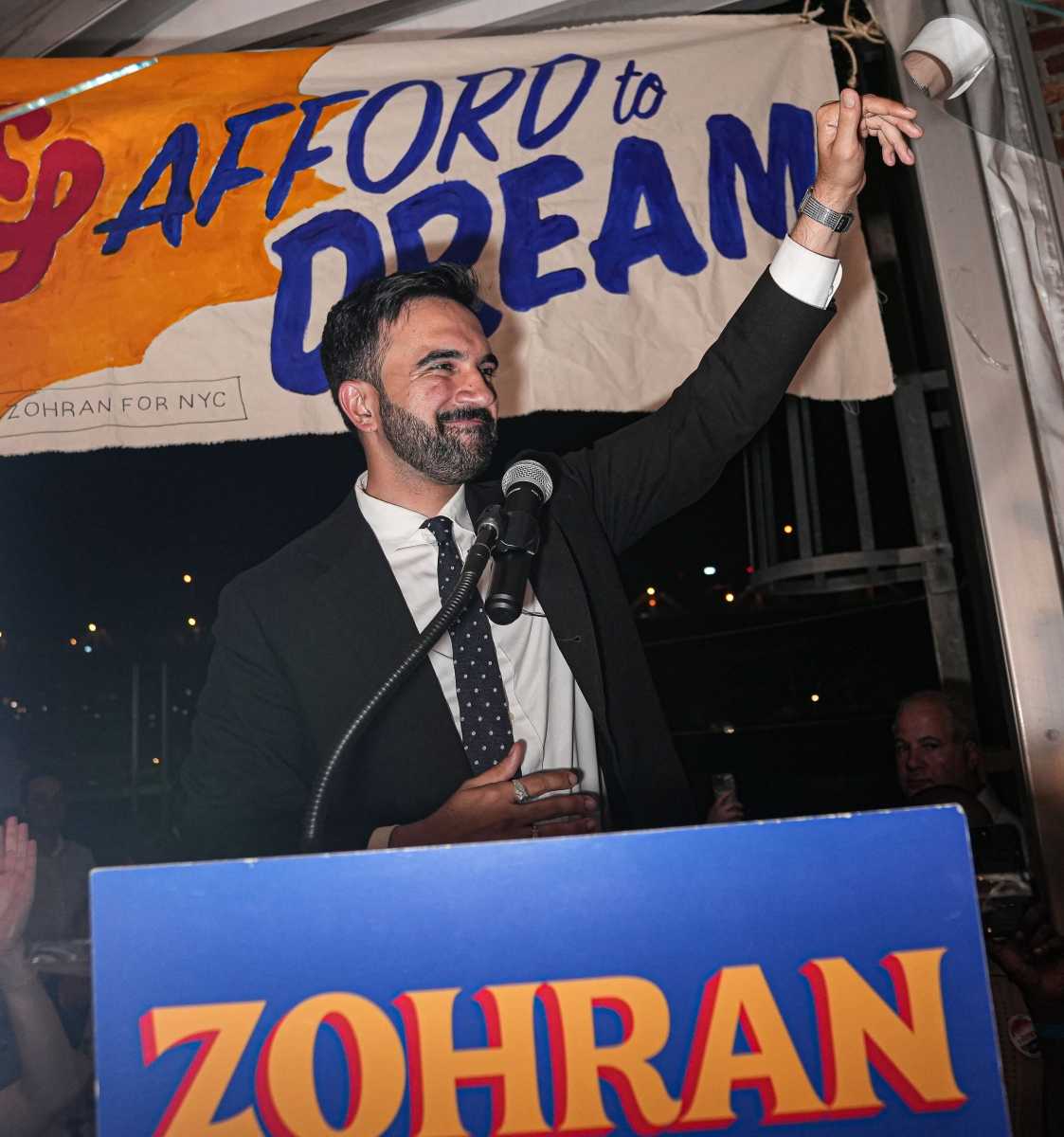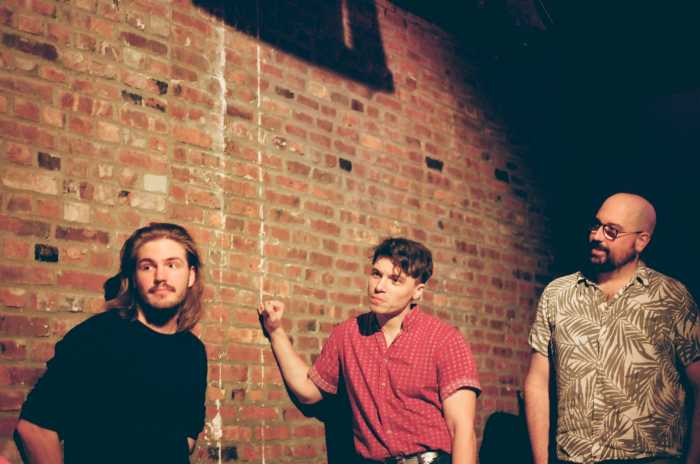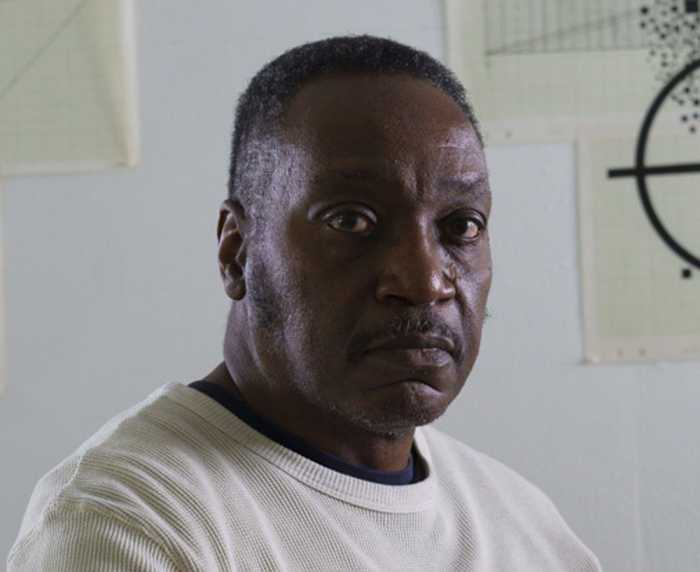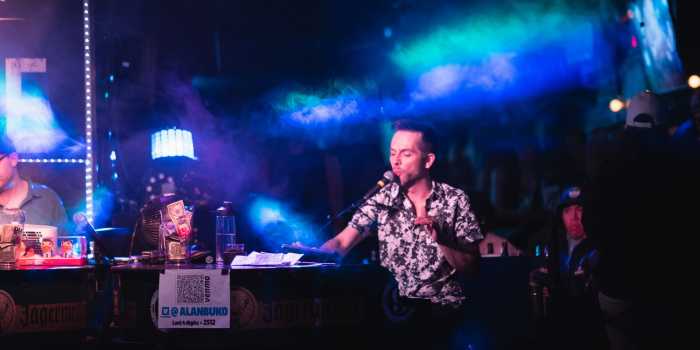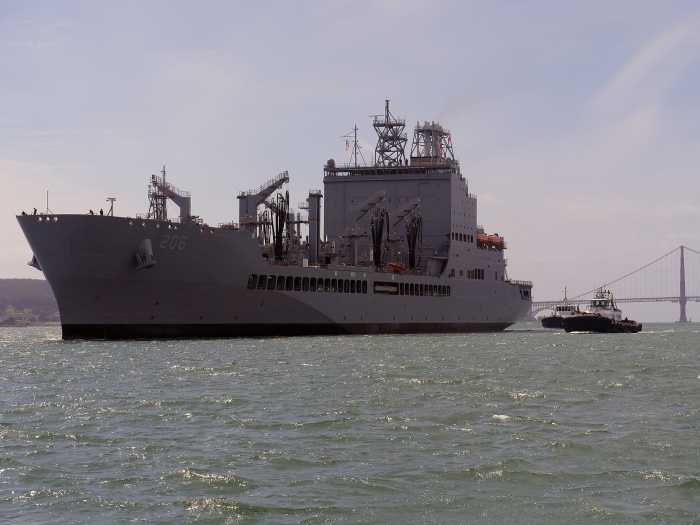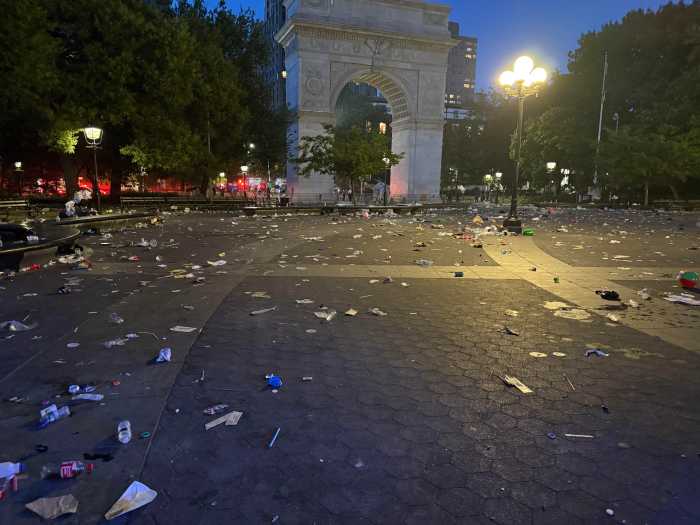What a difference a block makes.
A Myrtle Avenue shopkeeper wants the city to relocate the Gen. Fowler statue from its position at the center of a busy intersection to Fort Greene Park, just one block away, even though the statue has been sitting at its present spot for 31 years.
His reasons are nostalgic, historic, and, yes, anthropomorphic.
“If you were born in a certain area, wouldn’t you like to stay in that area?” asked Roy Vanasco, a Myrtle Avenue shopowner and member of the Community Board 2 Parks Committee. “He belongs in Fort Greene Park. That’s where he was sort of born, and he should be standing there.”
Vanasco, a World War II veteran, has personal reasons, too.
“I remember, as a child, sledding down the hill [near the tennis courts] and hitting the General and breaking my front tooth,” said Roy Vanasco, now 82. (He later had the chipped tooth capped.)
“And all the schools in the neighborhood used to picnic up there and hear about the history of Gen. Fowler.”
Indeed, while his name may have sunk into near-complete obscurity, Fowler’s history is tightly linked with that of the park.
During the Civil War, Edward Fowler commanded the 14th Regiment of the New York National Guard, which was stationed at what is now Fort Greene Park. Following the war, he lived on Fort Greene Place for many years, and died on Brevoort Place in 1896. His corpse lay in state at Borough Hall (then Brooklyn City Hall, of course), and he was buried at Green-Wood Cemetery.
Six years later, his sculpture was installed in Fort Greene Park. But sadly, the vicissitudes of the 20th century took their toll.
“It was constantly vandalized,” recalled Ruth Goldstein, who has lived in the neighborhood since 1970. “Then, one night, some people tried to steal the statue, but their truck got mired in the mud. The next day, the Parks people found the statue, and they wouldn’t put it back in the park.”
The statue was kept in storage until 1976, when it was reinstalled at Fowler Square, at Lafayette Avenue and Fulton Street, as part of the revitalization of what was then a red-light district.
“We could see the triangle always had great potential to be like a European plaza,” said Goldstein. Indeed, the statue’s arrival to the square helped transform it into the public park it is today, and the Parks Department has no plans to change course.
“Right now there are no plans to [return the sculpture to the park], as we recently spruced up the landscaping and lighting at its current location in Fowler Square, near the Brooklyn Academy of Music,” said Parks spokesman Phil Abramson. “Its former location in Fort Greene Park is now inhabited by the 400-million-year-old, 14-ton glacial erratic [rock] that was unearthed last year.”
So Vanasco’s fight is quixotic at best. But a man can hope.
“They never would have taken it out of Central Park or Prospect Park,” said Vanasco.


